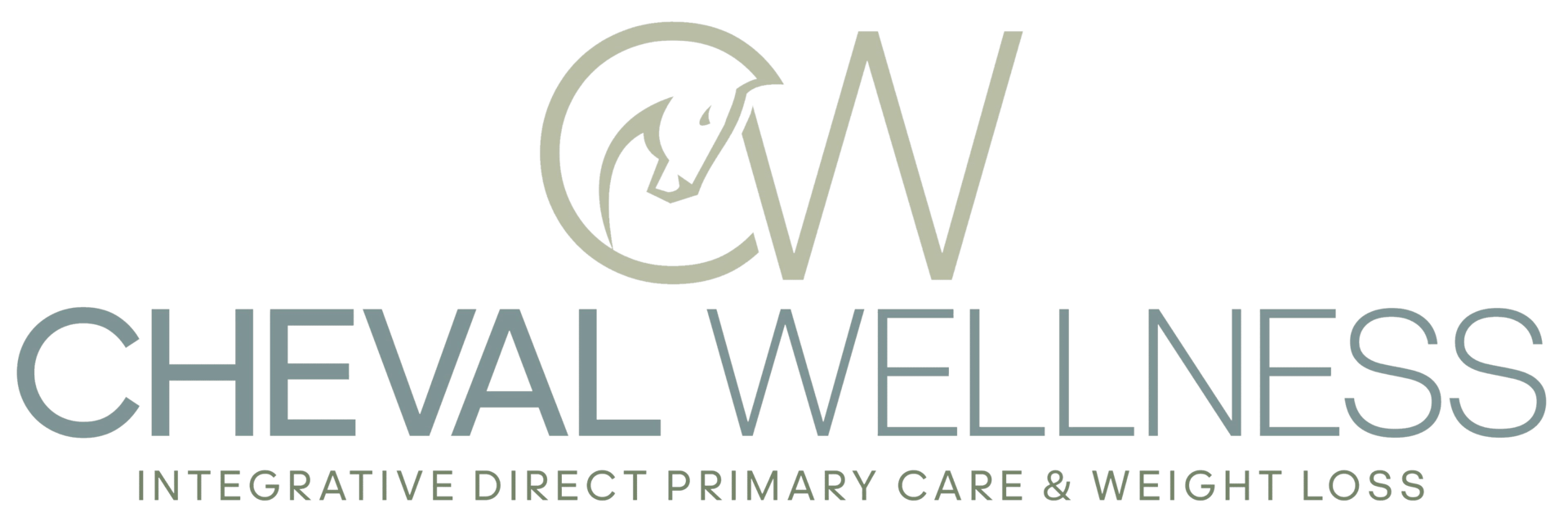Difference Between Weight Loss and Fat Loss
Many people use the terms weight loss and fat loss interchangeably, but they are different. Understanding the key differences between the two can help you approach your fitness journey with the right mindset and strategies. While weight loss refers to a decrease in overall body weight, fat loss targets explicitly the reduction of body fat percentage while maintaining muscle mass.
This guide will explain the differences between weight loss and fat loss, explain why fat loss is the healthier and more sustainable approach, and provide actionable tips for achieving optimal results.
-
What is Weight Loss?
Definition:
Weight loss refers to a decrease in total body weight, which includes a combination of fat, muscle, and water weight. It is usually measured by stepping on a scale.
Factors Contributing to Weight Loss:
- Fat loss – Reduction in stored body fat
- Muscle loss – Decrease in lean muscle mass
- Water loss – Decrease in fluid retention, often due to diet changes or dehydration
- Glycogen depletion – Loss of stored carbohydrates in muscles, which can temporarily reduce weight
How Weight Loss Occurs:
- Caloric Deficit: Burning more calories than consumed leads to weight reduction.
- Dietary Changes: Cutting out carbs, reducing sodium intake, and lowering calorie consumption can result in rapid weight loss due to water reduction.
- Exercise: Cardio-based activities like running, cycling, or HIIT workouts can contribute to weight loss by increasing calorie expenditure.
- Medical Conditions: Illness, stress, or certain medications may also impact weight changes.
Challenges of Focusing Solely on Weight Loss:
- The scale does not differentiate between muscle, fat, and water weight.
- Rapid weight loss can lead to muscle loss and metabolic slowdown.
- Weight fluctuates daily due to factors like hydration, digestion, and hormonal changes.
-
What is Fat Loss?
Definition:
Fat loss refers to reducing stored body fat while preserving lean muscle mass. It is often tracked through body fat percentage measurements rather than overall weight.
How Fat Loss Occurs:
- Caloric Deficit with Proper Nutrition: A moderate calorie deficit combined with protein-rich meals helps the body target fat stores while maintaining muscle.
- Strength Training: Engaging in resistance exercises promotes muscle preservation and enhances fat burning.
- Balanced Macronutrients: Prioritizing protein, healthy fats, and fiber supports fat loss and sustains energy levels.
- Consistent Hydration: Drinking enough water supports metabolism and helps break down stored fat.
Benefits of Fat Loss Over Weight Loss:
- Preserves muscle mass, leading to a toned and defined physique.
- Boosts metabolism, preventing the rebound effect often seen in crash diets.
- Improves overall health, reducing risks associated with excess body fat, such as heart disease and diabetes.
- Enhances body composition, leading to a leaner, stronger body rather than just a lower number on the scale.
Tracking Fat Loss Instead of Weight Loss:
Instead of focusing solely on the scale, try these methods:
- Body measurements (waist, hips, arms, thighs, etc.)
- Body fat percentage analysis using calipers, DEXA scans, or body composition scales
- Progress photos to visually track muscle definition and fat reduction
- How clothes fit is a more practical indicator of body composition changes
-
Why Fat Loss is More Important Than Weight Loss
Avoids Muscle Loss
Losing muscle during weight loss can slow metabolism and lead to a “skinny fat” appearance. Prioritizing fat loss ensures that weight loss comes from fat rather than muscle.
Sustainable Results
Quick weight loss (especially from fad diets) often results in water loss and muscle depletion, leading to eventual weight regain. Fat loss achieved through gradual lifestyle changes is more sustainable.
Better Physical Appearance and Strength
People who focus on fat loss tend to look leaner and more toned, maintaining muscle while shedding fat. On the other hand, those who lose weight rapidly without exercise may appear weaker and less defined.
Improves Health Markers
- Reduced visceral fat (harmful belly fat linked to heart disease)
- Lower inflammation levels
- Better insulin sensitivity and blood sugar control
-
How to Lose Fat Without Losing Muscle
-
Eat Enough Protein
Protein is crucial for preserving lean muscle mass while in a calorie deficit. Aim for at least 0.7–1 gram of protein per pound of body weight daily.
-
Strength Train Regularly
- Perform resistance training at least 3-4 times per week.
- Focus on compound movements like squats, deadlifts, bench presses, and pull-ups to build and maintain muscle.
- Avoid excessive cardio, as too much can lead to muscle loss.
-
Maintain a Moderate Caloric Deficit
- A deficit of 300–500 calories per day is ideal for fat loss while preserving muscle.
- Avoid drastic calorie cuts, leading to muscle breakdown and metabolic slowdown.
-
Prioritize Healthy Fats and Complex Carbs
- Include healthy fats (avocados, nuts, olive oil) to support hormones and overall health.
- Eat complex carbs (quinoa, sweet potatoes, whole grains) to fuel workouts and muscle repair.
-
Stay Hydrated and Manage Stress
- Drink 8–10 glasses of water daily to support metabolism and digestion.
- Practice stress management techniques like meditation, deep breathing, or yoga to prevent emotional eating and cortisol-induced fat storage.
Conclusion
The goal of a fitness journey should not be just to lose weight but rather to lose fat while preserving muscle. Understanding the difference between weight and fat loss lets you make informed decisions about your diet, exercise, and lifestyle.
For the best results, focus on fat loss through strength training, proper nutrition, and a moderate caloric deficit rather than relying on quick-fix weight loss methods.
If you want personalized fat loss strategies, expert guidance, and sustainable fitness solutions, visit Cheval Wellness for professional coaching and customized plans.


